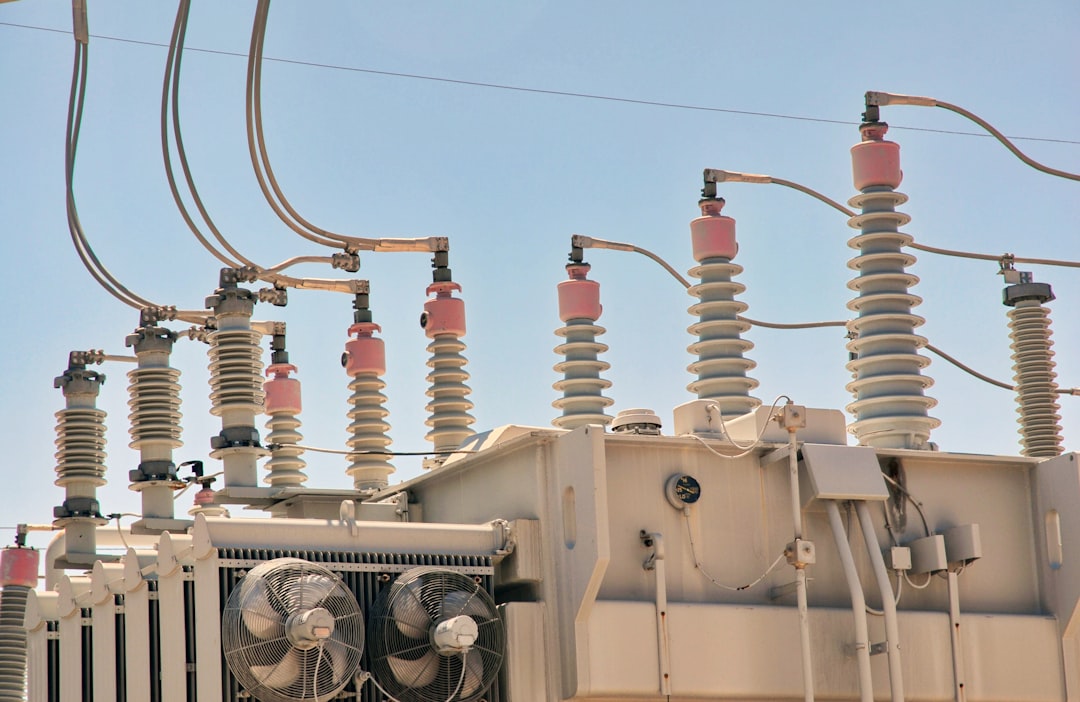What is it about?
In the near future, using engines for practical experimentation will likely not be a viable option for testing and research. During our previous experiments, we observed that increased knocking and the appearance of NOx is a problem in a diesel hydrogen dual-fuel engine. With hydrogen and diesel in dual-fuel mode, combustion and performance are optimized, and the engine's fuel consumption is reduced. As a result, the flame propagation rates are very high and the lean mixture operating limits are extended, which allows for the reduced emission of NOx over conventional hydrocarbon fuels. To get rid of this scenario and to completely understand the combustion process, a CFD model for the engine was developed according to its mechanical specifications. Water Injection (WI) is done for 8 % Hydrogen energy share (HES) since intended to use maximum hydrogen so as to minimize the use of conventional diesel fuel. The use of WI, as well as lowering the Compression Ratio (CR), led to a decrease in in-cylinder temperature. Additionally, the reduction of knocking has been achieved by changing the compression ratio from 16.5 to 15.5:1.
Featured Image

Photo by Stephen Andrews on Unsplash
Why is it important?
In almost all previous studies simulations were done by using a Characteristics time-scale based combustion (CTC) model which incorporates a single global fuel oxidation reaction. Simulations with detailed chemistry approach by SAGE detailed chemistry solver, makes us understand the detailed chemical kinetics in the combustion process. etc. Results predicted a rise in in-cylinder temperature at 8% of hydrogen addition, which also increased knocking and NOx emissions. The higher cylinder temperature and its effects were decreased by the introduction of WI and also by reducing the compression ratio.
Perspectives
The engine we used for this research is a marvel of engine's family from a marvelous production company called Kirloskar. This engine is still being widely in agricultural water pumping purposes and widely for research also. Compiling our experimental and numerical values of our research engine, gave us an immense experience in clearly understanding about the dual fuel engine powerd with Diesel+Hydrogen combination. Results also showed great improvements of engine behaviour.
Pradeep Raju
Read the Original
This page is a summary of: Numerical Study on a Diesel‐Hydrogen Dual‐Fuel Engine with Water Injection and Variable Compression Ratio, Energy Technology, March 2022, Wiley,
DOI: 10.1002/ente.202100626.
You can read the full text:
Contributors
The following have contributed to this page










